ECONOMY
At 75 today, India has certainly traversed a remarkably-inspiring journey.
- IBJ Bureau
- Aug 15, 2021

Today, India entered the 75th year of independence. After a long freedom struggle and sacrifices of crores of Indians, the country could finally be free of the British rule. The political leaders of free India laid a strong foundation of democracy, nurtured unity in diversity and established the basic tenets of the nation, based on social justice and economic parity.
Amid the joy
of freedom, young India had to go through an agonizing period of partition and
wars with neighbouring Pakistan and China. External security apart, internally,
India was afflicted by poverty, deprivation and many other ills of a young
nation. But India strode single-mindedly towards peace, growth and progress and
secured a place of pride among the nations of the world. At 75 today, India has
certainly traversed a remarkably-inspiring journey.
It would
definitely be in order to retrace the extraordinary achievements made by the
country and focus on the formidable challenges present before it. At the dawn
of independence, Indian agriculture was in shambles. The country’s severe food
shortage had forced it virtually to live from ship to mouth. The government
took a series of measures, and the ensuing Green Revolution of the 1970s turned
India into the world’s largest producer of many
foodgrains,
vegetables and fruits.
There were
no large industries worthy of mention in the early years of free India. Except
for cotton and jute, most of the industries were of small and cottage scale.
The industrial policy introduced during the second five-year plan, beginning in
1956, gave a big thrust to large-scale industrialisation with government
support in the public sector. Big iron and steel, coal, chemical and metal
industries were set up in the public sector, mainly because the private sector
neither had that amount of capital nor was it interested in most of those sectors.
Moreover, the government took the lead in setting up modern infrastructure, be
they ports, airports, roads or rail network.
A little
over four decades after independence though, the old model of government-led
economic growth seemed to crumble. This led to economic liberalisation of 1991.
Post-liberalisation, there has been a dramatic change in the country’s economic
landscape, with the State ceding space to the private sector in most of the
sectors. Almost every sector – be it telecom, power, automobile, information
technology, pharmaceutical, banking and financial services – has grown
tremendously, thus contributing immensely to economic growth.
There was
nothing wrong with the State control in the initial days of independence. In
fact, mixed economy – a combination of both public and private sectors driving
the economy – was the trend worldwide then. Perhaps, India stuck on to this
model for quite too long, leading to the economic crisis of 1991.
Meanwhile, three decades after economic liberalisation, there is a general view that growth has been lopsided, leaving out some sectors of the economy and sections of society way behind. Besides, rising inequality, sliding key human development indicators and jobless growth are raising many troubling questions on the right growth model. At the same time, growing intolerance and weakened institutions are tarnishing the credentials of India as the world’s largest democracy.
At 75, this is the most appropriate time for India to introspect seriously, make course corrections, wherever necessary, and embark on a new journey with renewed confidence.


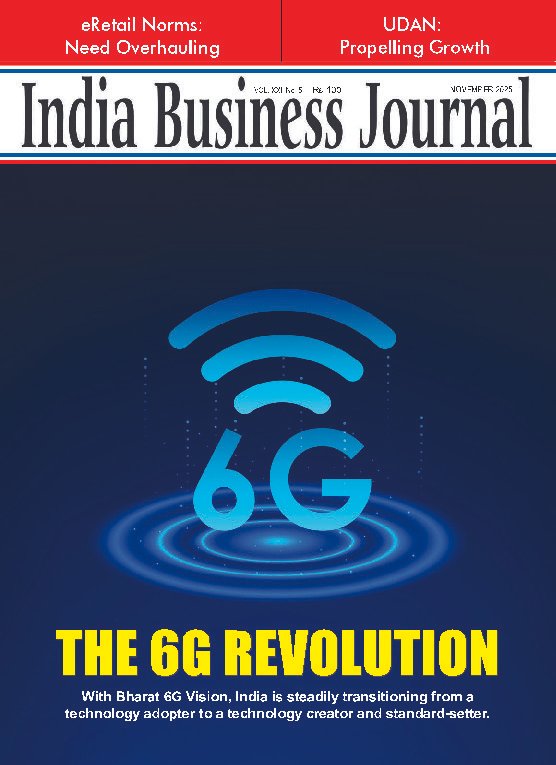
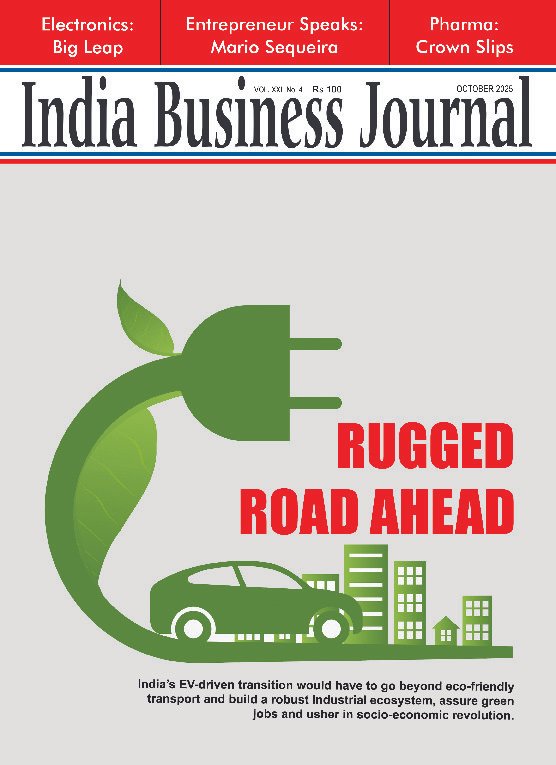
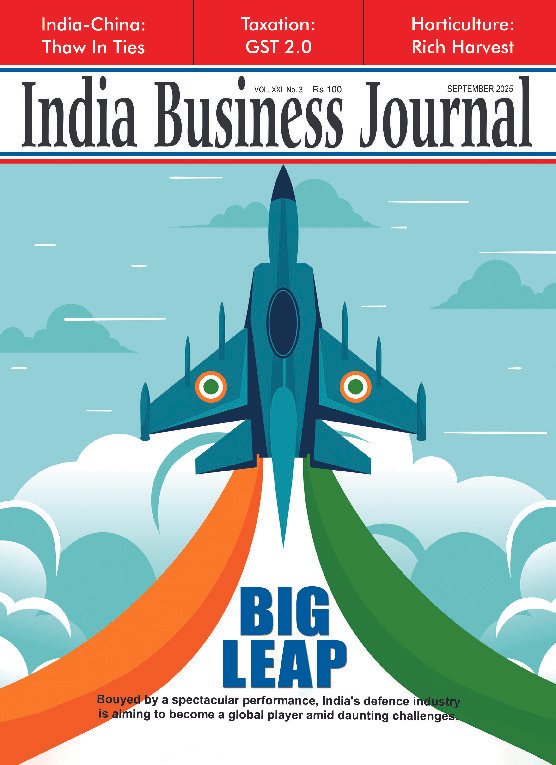
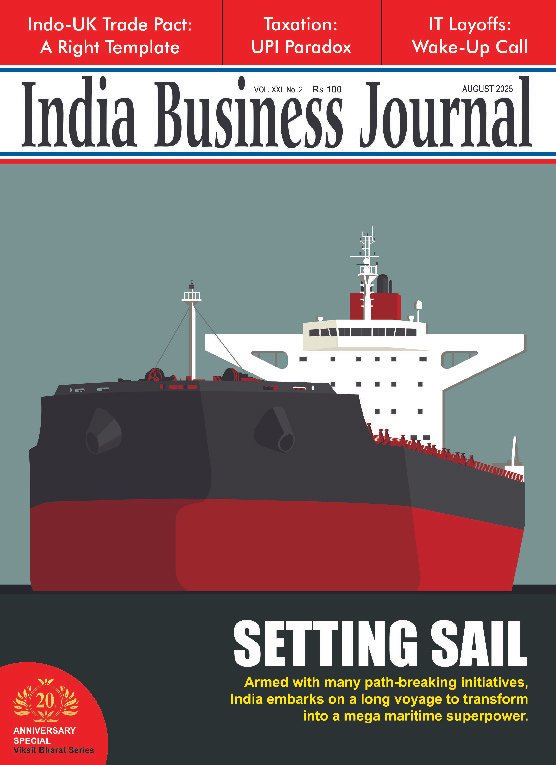





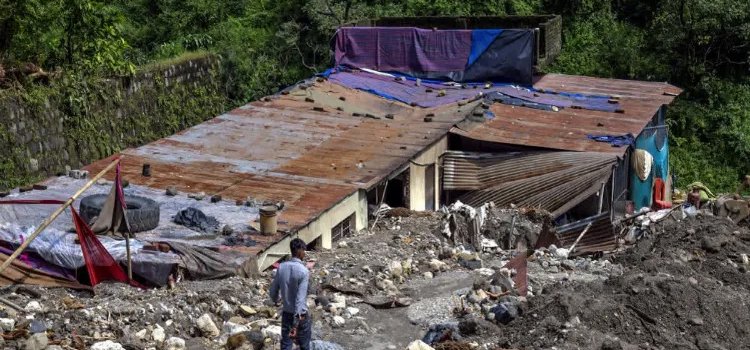




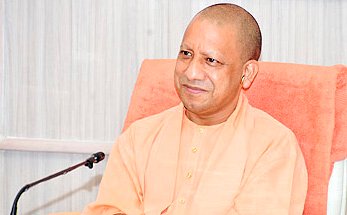



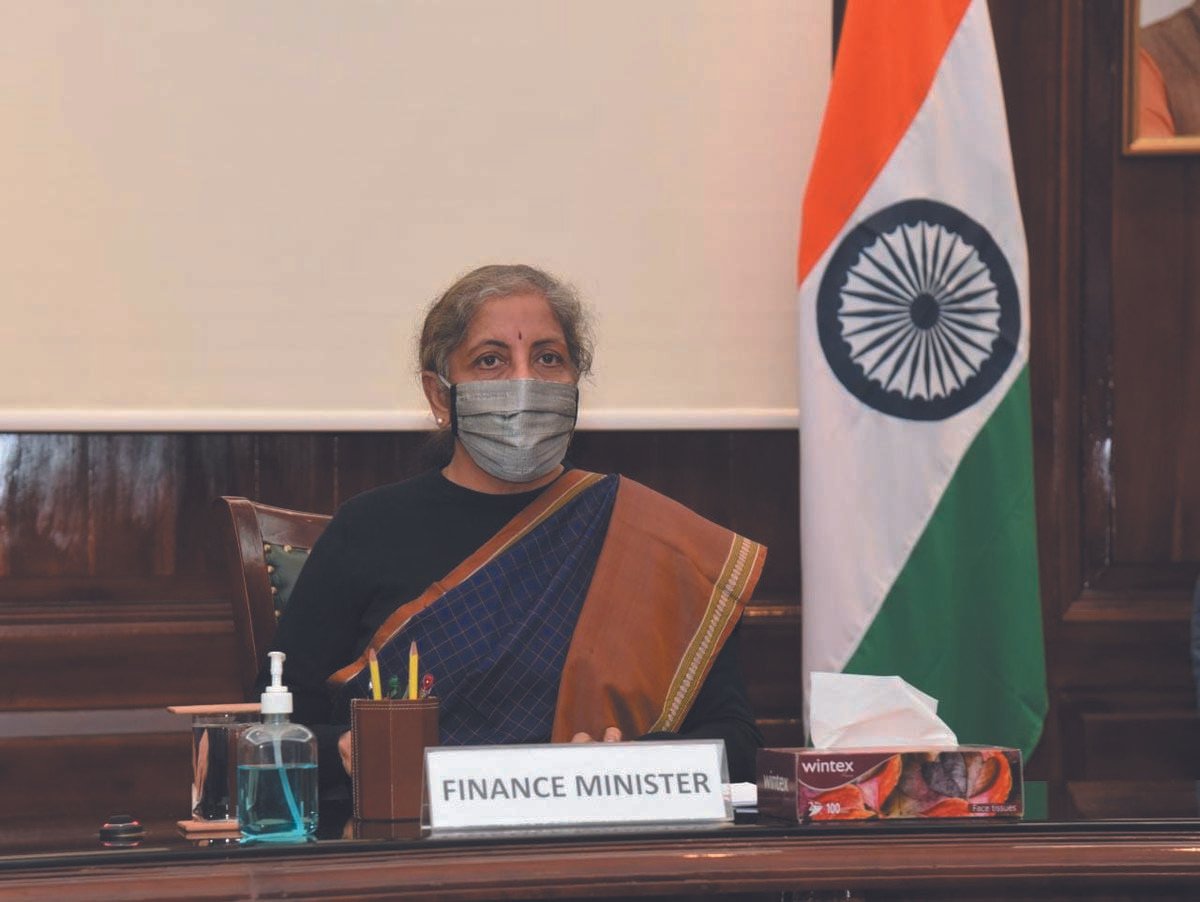
Report By
View Reporter News